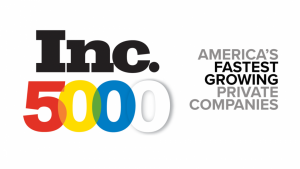What is Custom Application Development and What are the Different Types
Custom application development refers to the process of creating software applications tailored to the specific needs of an individual or organization. Instead of using off-the-shelf software, custom development allows for the creation of a unique solution that is designed to meet specific requirements.
Here are the top 5 different types of custom application development:
- Web Application Development: This type of custom development focuses on creating web-based applications that can be accessed from anywhere with an internet connection. Web applications can range from simple forms to complex systems that integrate with other software and databases.
- Mobile Application Development: With the increasing use of mobile devices, mobile application development has become an essential component of custom development. This type of development involves creating applications that can run on mobile devices such as smartphones and tablets, with a focus on optimizing the user experience for these devices.
- Cloud Application Development: Cloud computing has become increasingly popular in recent years, and cloud application development involves creating applications that are designed to run on cloud-based platforms. This allows for easy scalability and accessibility from anywhere with an internet connection.
- Enterprise Application Development: Enterprise applications are designed to meet the specific needs of large organizations, such as managing complex workflows, data analytics, and collaboration tools. This type of development can involve creating new applications from scratch or integrating existing software systems.
- Rapid Application Development (RAD): is an approach to software development that prioritizes speed and flexibility. The goal of RAD is to create applications quickly by using tools and frameworks that allow for rapid iteration and prototyping. This approach typically involves a collaborative process between developers and stakeholders, with a focus on delivering a functional prototype as quickly as possible. RAD emphasizes the importance of user feedback and testing, allowing for changes and improvements to be made throughout the development process. By prioritizing speed and agility, RAD can help organizations quickly respond to changing business needs and stay ahead of the competition.
How does Custom Application Development Solve Business Problems and What are Common Datasets?
Custom application development is a solution that can solve unique problems faced by organizations that require software applications tailored to their specific needs. Here are some examples of how custom application development can solve unique problems in different industries:
- Finance: Financial institutions may require custom applications to handle complex financial calculations or to manage large volumes of data. For example, a custom application could be developed to manage a loan portfolio, providing detailed analytics on risk and profitability.
- HCM: Human Capital Management (HCM) applications are designed to manage employee data, including recruitment, onboarding, training, and performance management. A custom HCM application could be developed to integrate with existing HR systems and provide a tailored solution that meets the unique needs of an organization.
- Restaurants: A custom application for restaurants could be developed to manage reservations, orders, and inventory. For example, a restaurant could use a custom application to track food and beverage costs, manage staff schedules, and provide real-time data on sales and inventory levels.
Here are ten different types of datasets related to finance, HCM, and restaurants that could be used in custom application development:
Finance:
- Historical stock prices
- Market data feeds
- Corporate financial statements
- Trading volumes and patterns
- Economic indicators
HCM:
- Employee demographic data
- Training records
- Performance evaluations
- Time and attendance records
- Benefits enrollment data
- Payroll
Restaurants:
- Menu item ingredients and costs
- Sales data by day, week, or month
- Reservation data
- Inventory levels
- Customer feedback and reviews
Custom application development can leverage these and other datasets to create tailored solutions that meet the specific needs of organizations in these industries. By using a custom application, organizations can gain greater insight into their operations, improve efficiency, and provide a better experience for employees or customers.
What are the Key Benefits of Custom Application Development
- Tailored Solution: A custom application is designed specifically for your business needs, ensuring it meets your unique requirements and processes.
- Improved Efficiency: Custom applications can automate manual processes, saving time and reducing the potential for human error.
- Scalability: Custom applications can be designed to grow and expand as your business needs evolve.
- Integration: Custom applications can be integrated with existing software, ensuring seamless data flow between systems.
- Security: Custom applications can be designed with enhanced security features, ensuring that sensitive data is protected.
- Increased Productivity: Custom applications can help employees work more efficiently, freeing up time for other tasks.
- Competitive Advantage: Custom applications can provide a competitive advantage by enabling your business to operate more effectively than competitors.
- Data Analytics: Custom applications can provide valuable data analytics, allowing you to make informed business decisions.
- Improved Customer Experience: Custom applications can be designed with user experience in mind, improving the customer experience.
- Reduction of Spreadsheet Workflows: Custom applications can reduce reliance on error-prone spreadsheet workflows by providing automated and accurate data processing.
Custom application development can provide a range of benefits to businesses, including improved efficiency, scalability, integration, security, and productivity. Additionally, custom applications can provide valuable data analytics, improved customer experience, and reduction of error-prone spreadsheet workflows. By investing in custom application development, businesses can gain a competitive advantage and operate more effectively.
What are the Key Pitfalls of Custom Application Development To Look Out For (NEEDS TO BE ANALYZED BY TAP STAFF)
- Cost: Custom application development can be expensive, and may not be a viable option for all businesses.
- Time: Developing a custom application can be time-consuming, and can impact other projects and initiatives.
- Maintenance: Custom applications require ongoing maintenance and support, which can add additional costs.
- Technical Expertise: Developing custom applications requires specialized technical expertise, which may not be available in-house.
- Vendor Dependence: Custom applications can create a dependence on a specific vendor, limiting flexibility and options for future development.
- Integration Issues: Custom applications may face integration issues with existing software, leading to potential data flow issues.
- Compatibility Issues: Custom applications may not be compatible with all devices or platforms, leading to potential usability issues.
- Risk of Obsolescence: Custom applications may become obsolete as technology advances, leading to additional development costs.
- Unclear Requirements: Unclear requirements can lead to delays, scope creep, and additional costs.
- User Adoption: Custom applications may not be adopted by all users, leading to lower utilization and ROI.
What are 10 Things you Should Look Out For When Finding a Custom Application Development Company
- Technical Expertise: Look for a company with a proven track record of successful custom application development projects, and a team with specialized technical expertise.
- Industry Experience: Choose a company with experience in your industry or a related field, as they will have a better understanding of your unique needs and requirements.
- Communication Skills: Look for a company with strong communication skills, as clear and consistent communication is critical throughout the development process.
- Project Management: Choose a company with strong project management skills, as effective project management is critical to ensuring the project is completed on time and within budget.
- Quality Assurance: Look for a company with a robust quality assurance process to ensure that the final product is of high quality and meets your requirements.
- Scalability: Choose a company that can design and build applications that are scalable and can grow with your business.
- Flexibility: Look for a company that can be flexible and adapt to changes in project scope or requirements.
- Customer Service: Choose a company that provides excellent customer service and support, as ongoing maintenance and support will be critical to the success of the application.
- Security: Look for a company that takes security seriously and has expertise in developing secure applications that protect sensitive data.
- Cost: Finally, choose a company that provides transparent pricing and can deliver custom applications within your budget.
What are the Common Phases for Custom Application Development
- Planning and Analysis: This phase involves gathering and analyzing the requirements of the application, including the features, functionality, and user experience. It also includes defining the project scope, timeline, and budget.
- Design: In this phase, the application design is created, including the user interface, database schema, and system architecture. The design should take into account the technical feasibility, scalability, and maintainability of the application.
- Development: This phase involves building the application, including coding, testing, and debugging. It also includes integrating any necessary third-party tools or APIs.
- Testing: In this phase, the application is tested to ensure that it meets the requirements and specifications outlined in the planning and analysis phase. This includes functional testing, performance testing, and security testing.
- Deployment: Once the application has been thoroughly tested, it can be deployed to the production environment. This involves configuring the necessary hardware and software infrastructure and ensuring that the application is running smoothly.
- Maintenance: After the application has been deployed, ongoing maintenance is required to ensure that it continues to function properly. This includes regular updates and bug fixes, as well as monitoring and troubleshooting.
What are 10 Typical Cost Factors for Custom Application Development and How Much Does it Cost?
- Complexity of the Application: The complexity of the application is a major factor in determining the cost. A more complex application will require more development time and resources, resulting in a higher cost.
- Platform and Technology: The platform and technology used to build the application can also impact the cost. Different platforms and technologies have varying costs and development times.
- Features and Functionality: The number and complexity of features and functionality required for the application will also impact the cost.
- User Interface and Design: The design and user interface of the application can also affect the cost, with more complex designs and user interfaces requiring more development time.
- Integration with Third-party Systems: If the application requires integration with third-party systems or APIs, the cost will increase due to additional development and testing.
- Security Requirements: If the application requires robust security features, such as encryption or multi-factor authentication, the cost will be higher due to additional development and testing.
- Testing and Quality Assurance: Testing and quality assurance are critical to the success of the application and will require additional resources, which can impact the cost.
- Project Management: Effective project management is essential to ensure that the project is completed on time and within budget. Project management costs should be factored into the overall cost of the project.
- Support and Maintenance: Ongoing support and maintenance are necessary to ensure the application continues to function properly after deployment. These costs should also be factored into the overall cost of the project.
- Geographic Location: The geographic location of the development team can also impact the cost. Rates vary depending on the location of the development team.
The cost of custom application development can range widely depending on the above factors. Generally, the cost of custom application development can range from $50,000 to $250,000 or more, depending on the complexity of the application, the platform and technology used, the features and functionality required, and other factors. It’s important to work with a development team to determine a realistic budget based on your specific needs and requirements.
Is it Possible to Custom Application Development By Myself and What Should I Be Thinking About?
Custom application development can be a complex process that requires a range of technical skills and resources. However, there are some ways that you can undertake custom application development by yourself. Here are 10 ways to consider:
- Choose a Platform: Decide on the platform and technology stack you want to use. This could include web frameworks like Ruby on Rails, Laravel, or Django.
- Choose the Right Database: Determine the type of database you want to use, such as MySQL or PostgreSQL, and understand how it will be integrated into your application.
- Learn to Code: Develop coding skills in the language you choose to build your application. Resources like Codecademy or Udemy can help you learn.
- Use Templates: Use templates and pre-built components, such as Bootstrap or Materialize CSS, to save time on building the application from scratch.
- Follow Best Practices: Adopt best practices for coding, testing, and deploying your application to ensure its success.
- Collaborate with Others: Join online communities or forums to collaborate with other developers, share knowledge, and get help when you need it.
- Document Your Work: Document your code, processes, and decisions throughout the development process, so it’s easy to pick up where you left off.
- Use Version Control: Use version control tools like Git to manage your code and ensure that you can easily revert changes if something goes wrong.
- Test Your Code: Develop a testing strategy and test your code thoroughly to ensure that it’s working as expected.
- Continuously Improve: Continuously improve your skills and knowledge through practice and learning from others.
When developing an application by yourself, you should also consider factors such as project scope, timelines, and budget. It’s important to set realistic goals and expectations, and to have a plan for how you will execute on your project. Additionally, you may need to seek outside help for tasks that are beyond your current skill set or experience level.
Closing Thoughts on Custom Application Development
Custom application development can be a powerful tool for companies looking to optimize their operations, eliminate manual workflows, and improve overall efficiency. By creating custom applications, businesses can eliminate the risks associated with manual workflows and enhance their customer experience. Additionally, custom applications provide companies with the ability to streamline their operations and reduce the possibility of human error.
Implementing custom applications may seem daunting, but it can result in significant benefits for businesses. By working with a development partner, companies can design and implement applications that are tailored to their specific needs. This allows businesses to save time, resources, and ultimately improve data accuracy.
Overall, custom application development has the potential to greatly improve a company’s operations and position them as a leader in their industry. By embracing the opportunities provided by custom applications, companies can take advantage of the latest technology and improve their overall efficiency. So why not consider implementing custom applications into your business operations and see how they can benefit your company?
If you’re looking to streamline data between applications, eliminate manual efforts and spreadsheets, and ultimately increase your return on investment, it’s time to take action. Custom application development can help your business achieve these goals by designing and implementing applications that are tailored to your specific needs.
Our team of experts can work with you to analyze your current manual workflows and spreadsheet processes and design custom applications that streamline data between applications. By doing so, your business can save time and resources, reduce the possibility of human error, and ultimately improve your bottom line.
Don’t settle for outdated processes that are holding your business back. Take the first step towards a more efficient and profitable business today by reaching out to us for a custom application development consultation. Let us help you revolutionize your operations and take your business to the next level.
 https://tapinnov.com/wp-content/uploads/2023/09/application-integrations-015.png
816
1456
Steven Eilers
https://tapinnov.com/wp-content/uploads/2023/04/logo.svg
Steven Eilers2023-11-21 14:13:352023-11-29 18:49:38Unlocking Growth for Midmarket Companies: Custom Integration Solutions by TAP Innovations
https://tapinnov.com/wp-content/uploads/2023/09/application-integrations-015.png
816
1456
Steven Eilers
https://tapinnov.com/wp-content/uploads/2023/04/logo.svg
Steven Eilers2023-11-21 14:13:352023-11-29 18:49:38Unlocking Growth for Midmarket Companies: Custom Integration Solutions by TAP Innovations







